Photos by Kirstin Scholtz
As you round the corner along the winding road into the small town of Coles Bay, you are greeted by the breathtaking vista of the granite escarpment of The Hazards. Arriving at sunset, the fading rays of the afternoon sun turn the rocky outcrop into a hue of brilliant pinks and reds. Immediately you know that you have arrived somewhere quite magical and special.
The Freycinet region is located on the east coast of Tasmania, Australia, approximately 2 1/2 hours north of Hobart by car or two hours from Launceston. Named after the French explorer, Louis de Freycinet, the region was declared a National Park in 1916 due to the significant biodiversity and wildlife. The region is popular with hikers, bird lovers, adventurers and nature lovers.
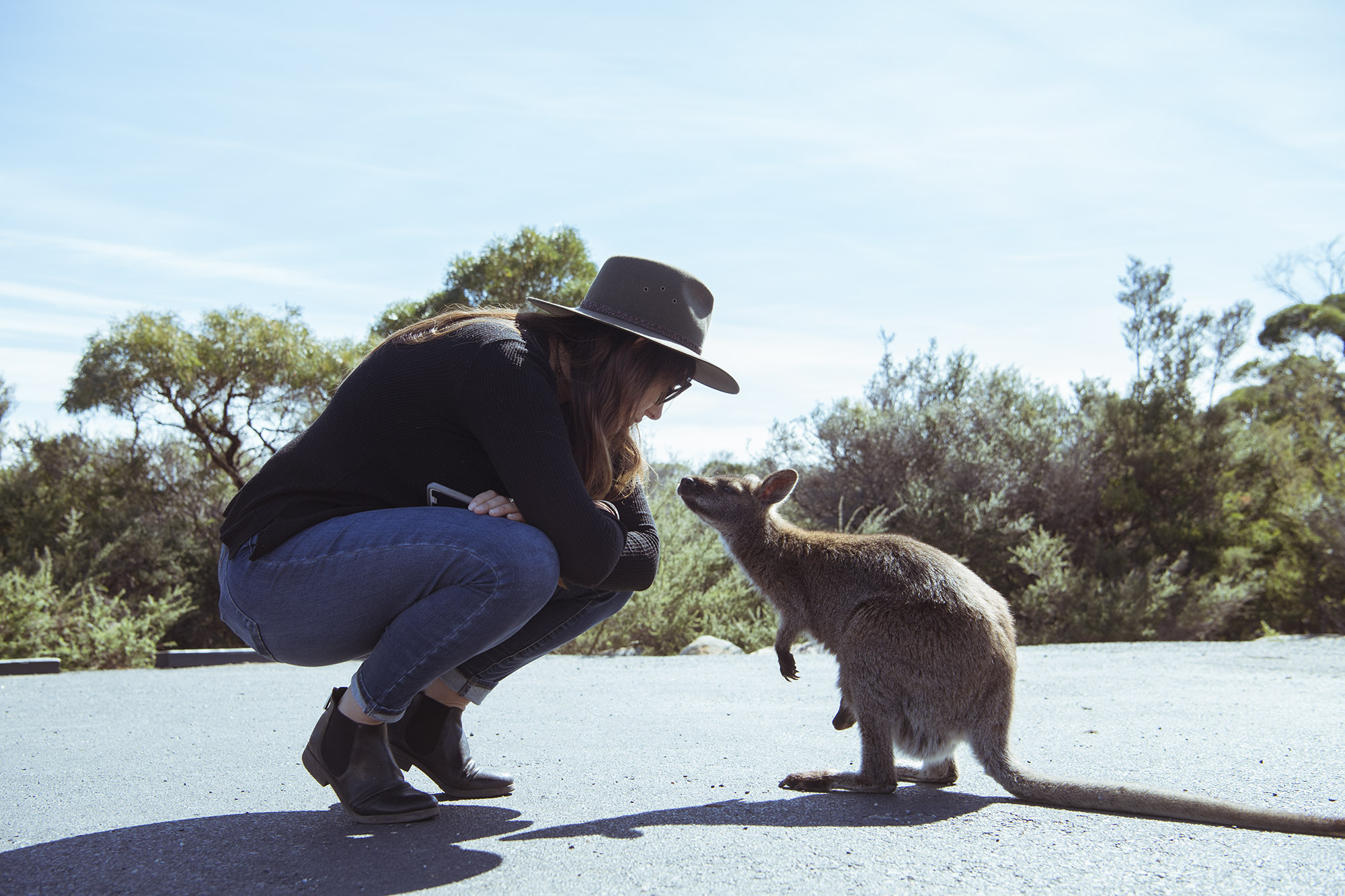
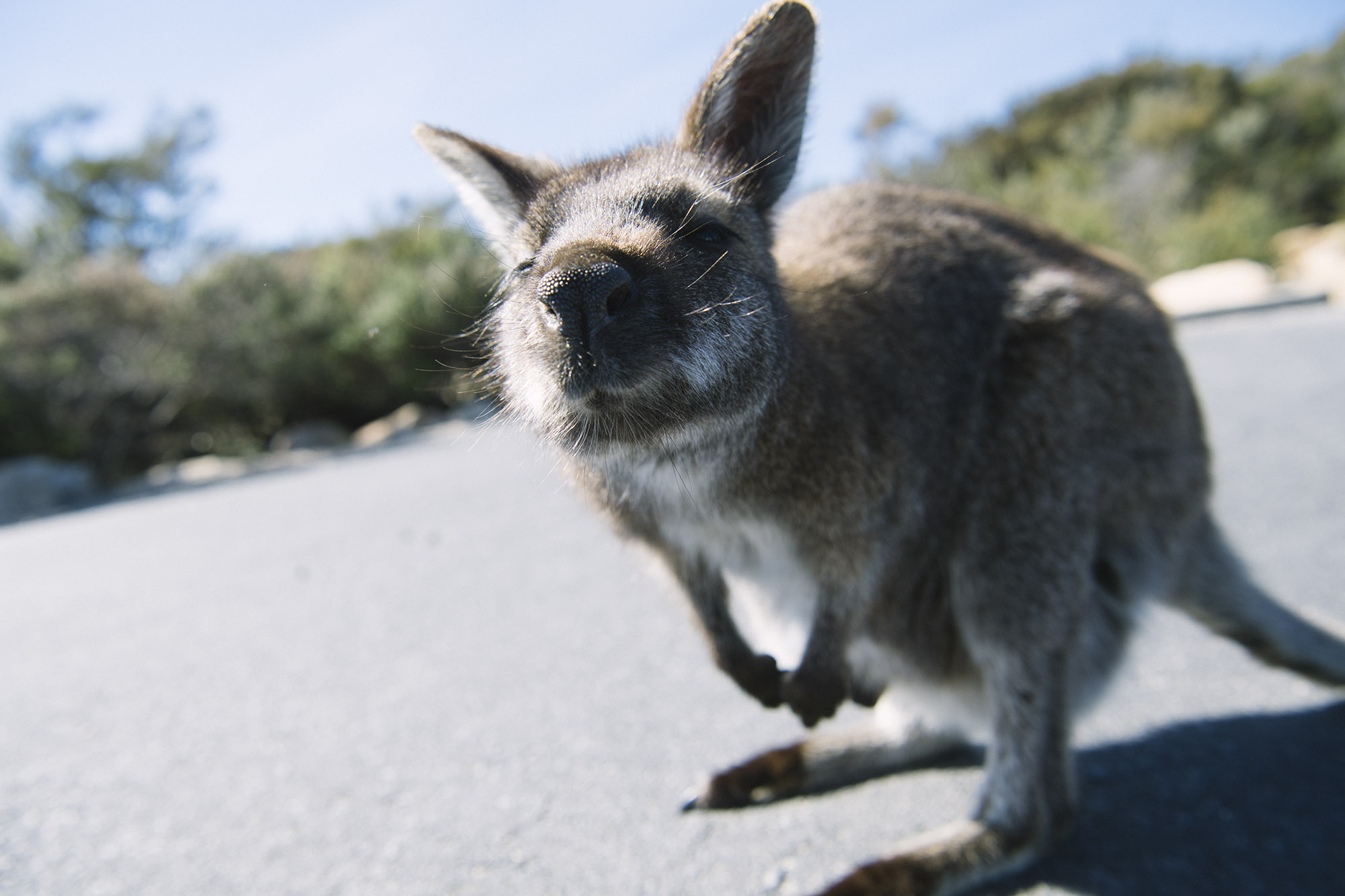
Aborigines are known to have made the local area of Freycinet home for many years. The Toorernomairremener band of the Oyster Bay Tribe would visit the region between August and October each year to collect shellfish and marine vegetables, retreating to the midlands of Tasmania from the end of October, returning in January for sealing and mutton bird. Evidence of their presence can be seen in the middens along Richardson’s and Hazards Beaches.
Freycinct National Park is home to one of Tasmania’s most well-recognised landmarks, Wineglass Bay. Cited as one of the top 10 beaches in the world, Wineglass Bay is the idyllic combination of pure white sands and crystal clear waters housed in a perfectly shaped crescent bay.
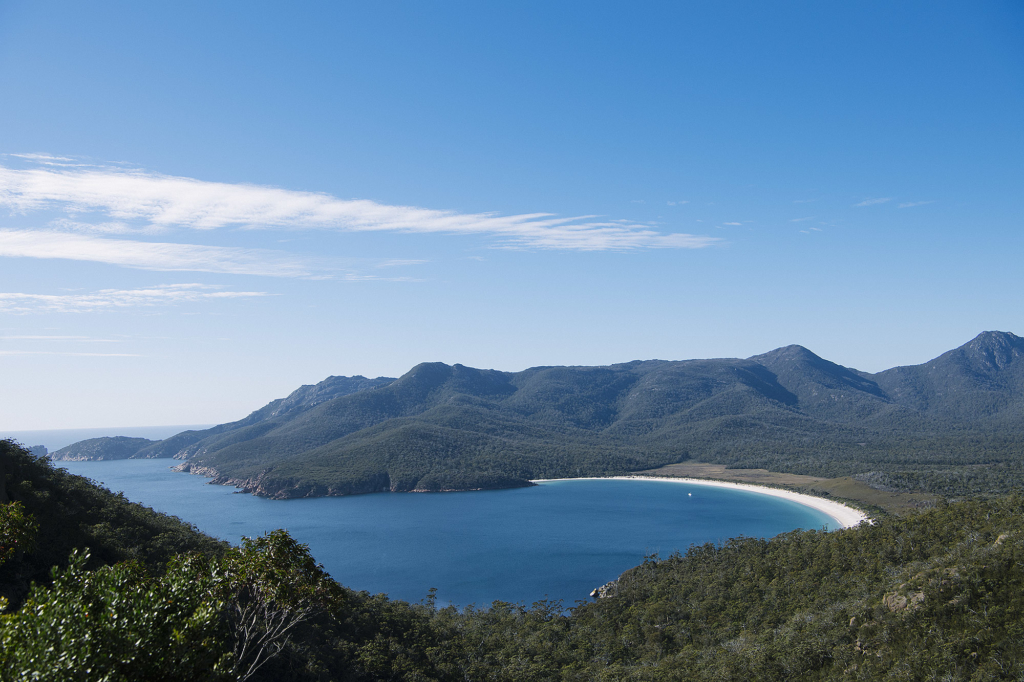
The trek to the Wineglass Bay is approximately 40 minutes with some relatively steep sections along a well-maintained track. The track arrives at the saddle between Mt Amos and Mt Mayson and onto a simple viewing platform with an unabated view across the bay. Many adventurers are drawn to walk the extra 30 minutes down a steep track to the beach, where you can take the plunge into the icy cool waters of the bay or venture for another 20 minutes along the length of this world famous beach.
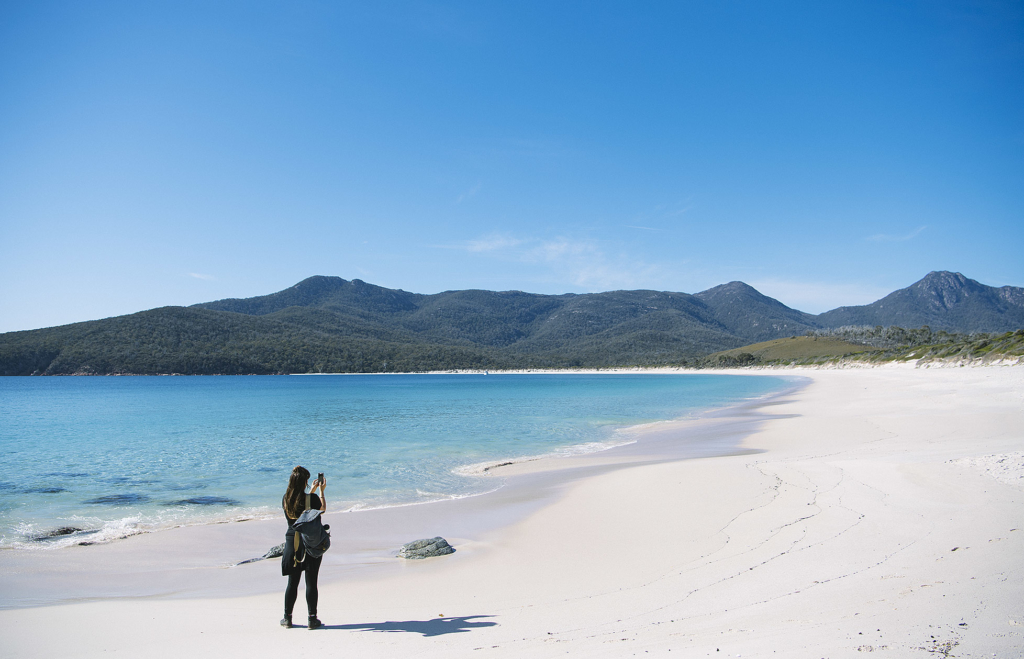
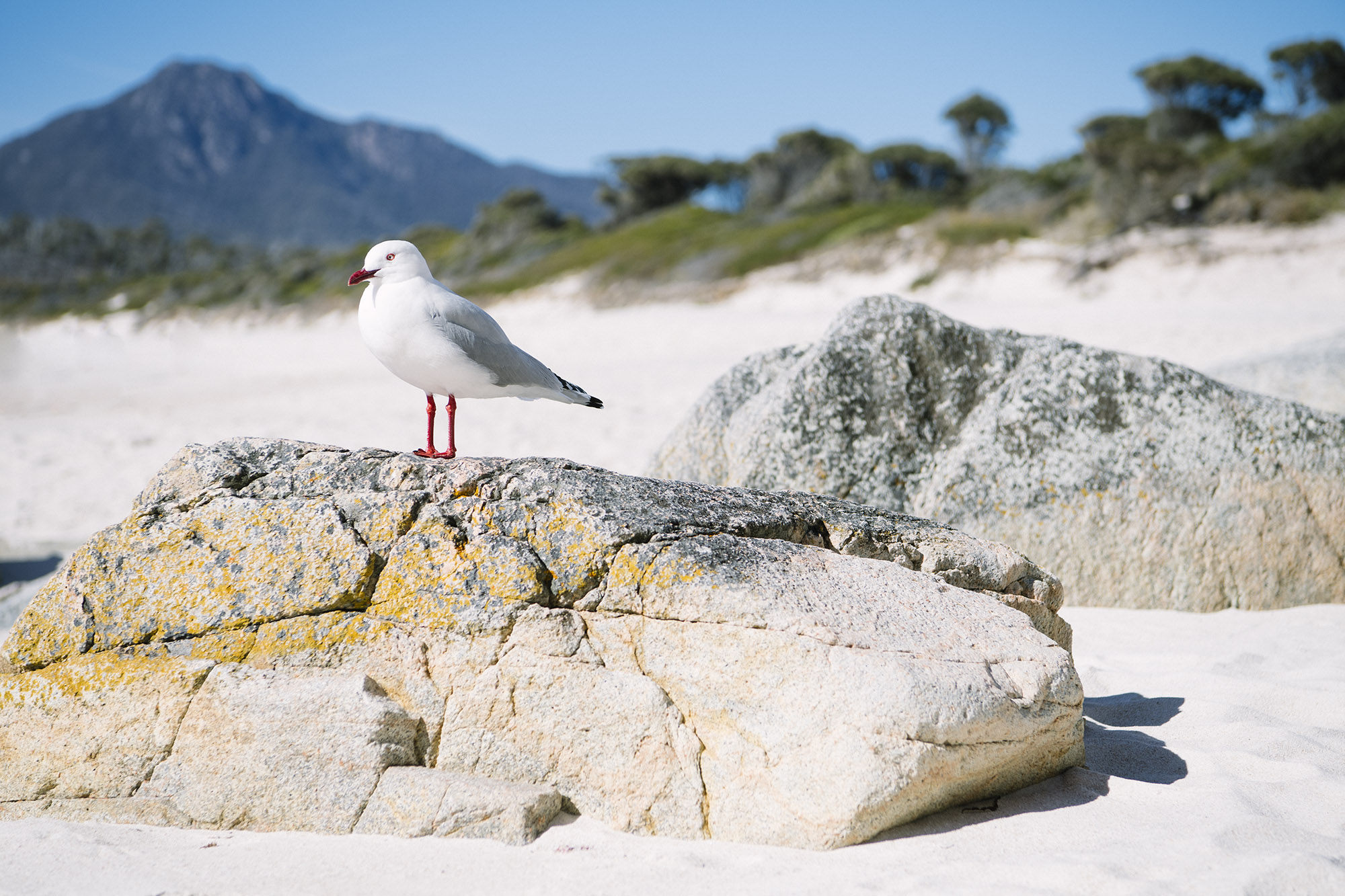
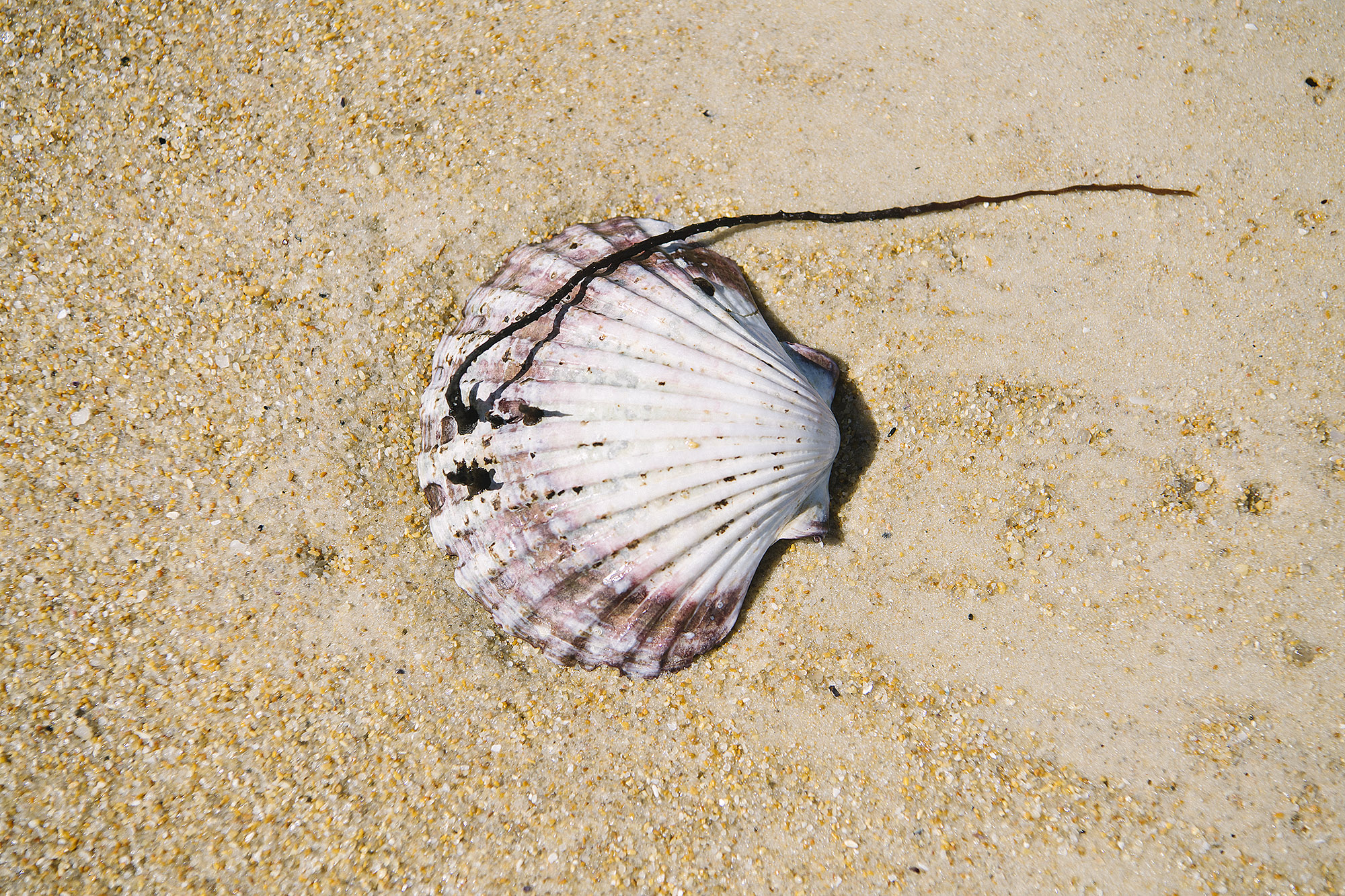
Camping is permitted in the park. However no fires are allowed, and all supplies must be carried into the park. Many of the animals who live here are nocturnal and so overnight visitors are often rewarded with amazing sightings of quolls, wombats, possums and other residents. There is an abundance of wildlife along the peninsula ranging from wallabies to sea eagles, black swans, whales, and dolphins.
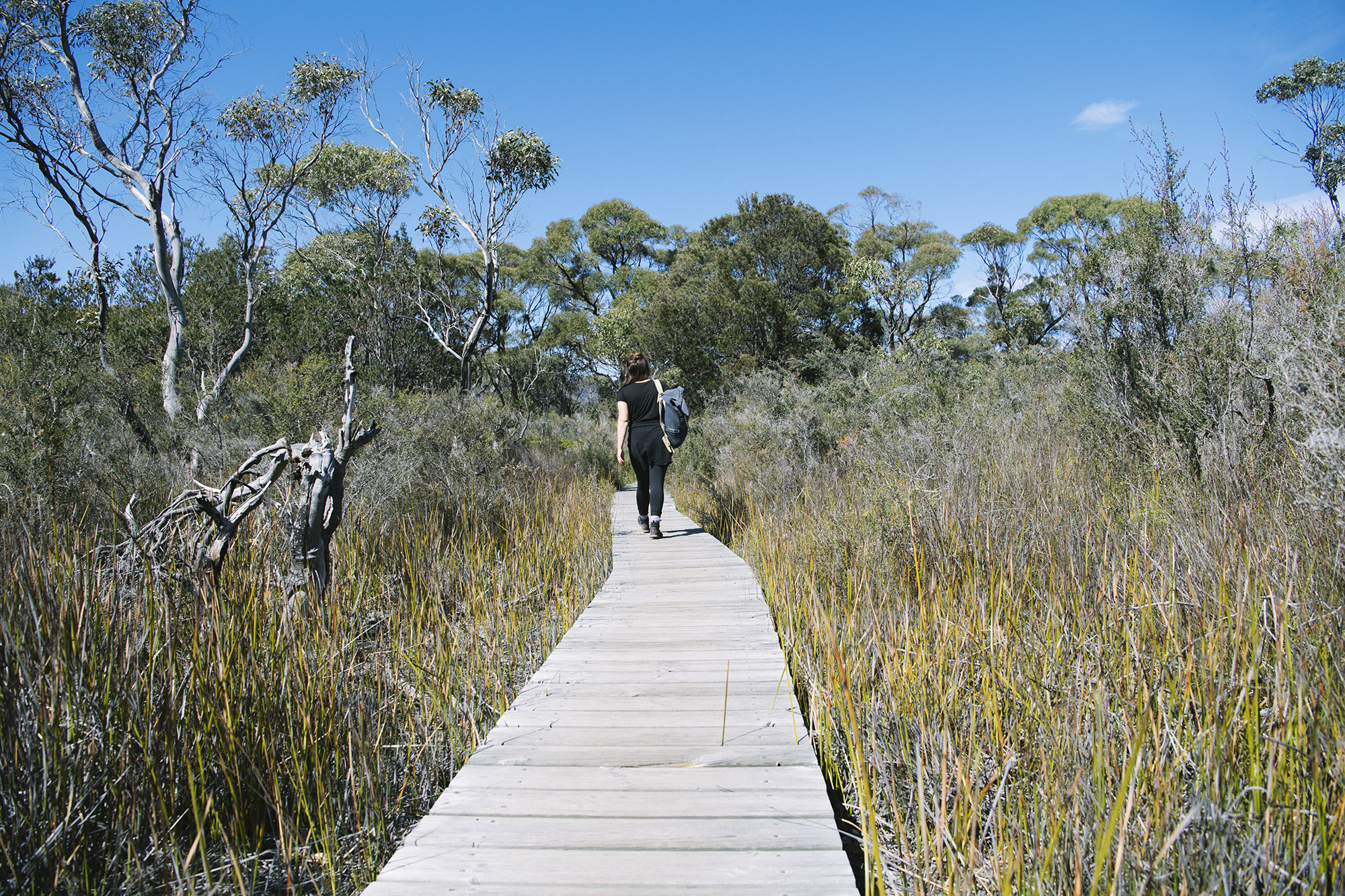
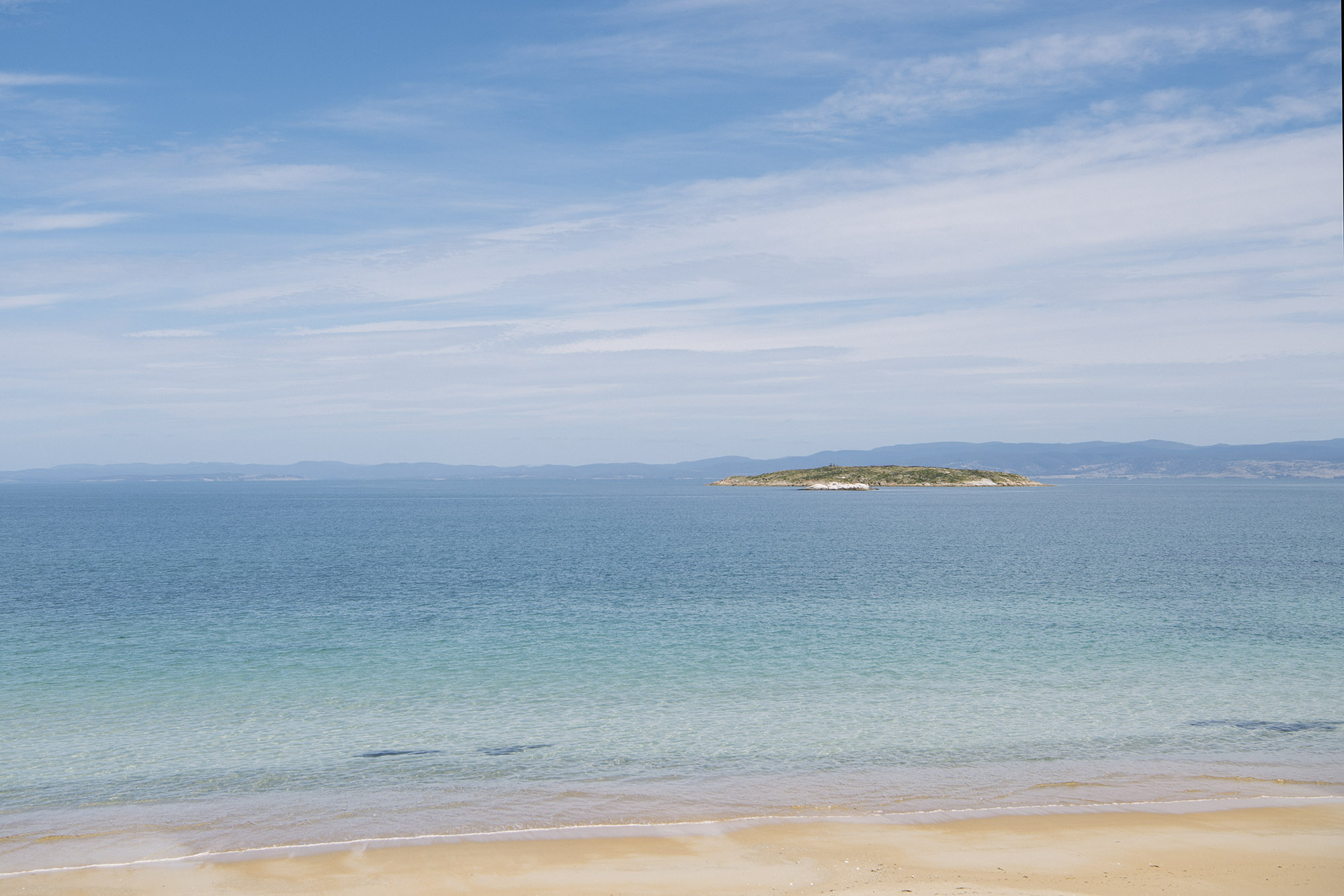
From the sands of Wineglass Bay, day hikers can choose to complete the circuit crossing the isthmus along a flat bush track that meanders alongside wetlands. Those keen for birding may be lucky enough to see resident pairs of Yellow Tailed Black Cockatoos. Once reaching Hazards Beach, the trail then skirts the coastline, visiting some picturesque little coves, before returning to the starting point. The entire circuit walk is a sturdy 11km and takes about 5 hours. Be certain to carry plenty of water and nourishment.
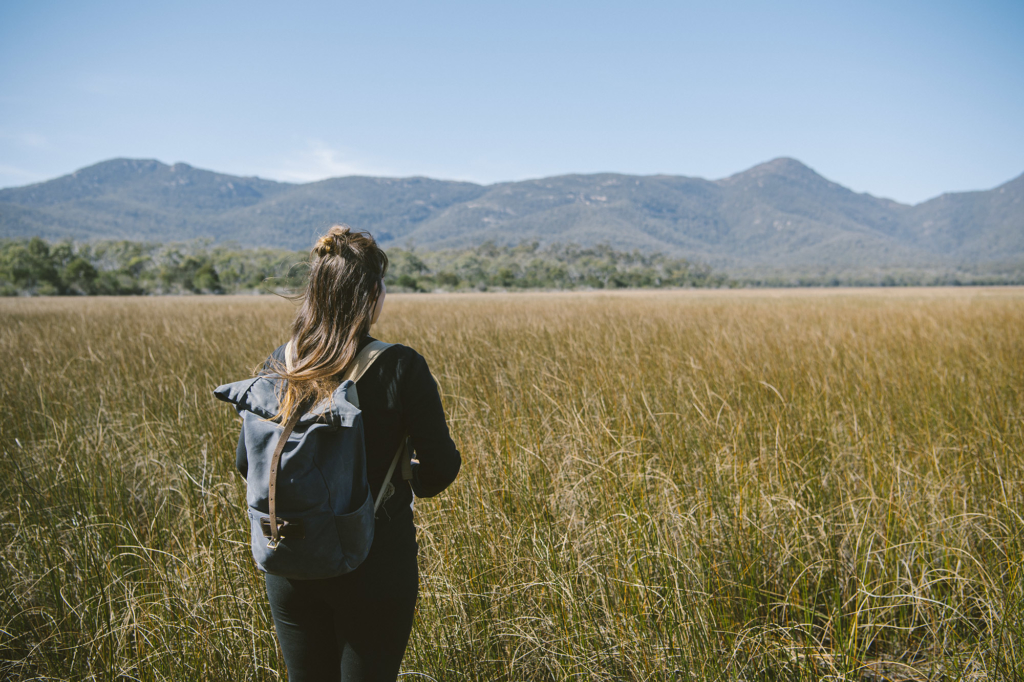
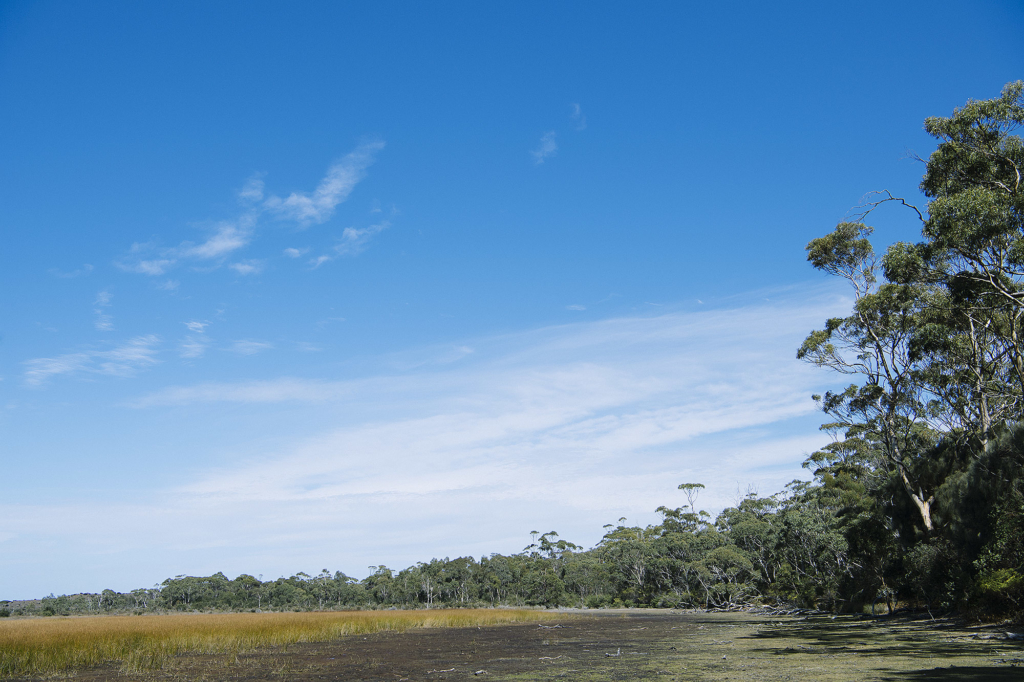
Another significant feature of the Freycinct region is the Commonwealth Freycinct Marine Park which begins 5.5km from the coastline and continues 370km offshore. With an area of more than 57,000sqm, the reserve is close to the same size as the land area of Tasmania and covers a depth range from about 40 metres on the shallow continental shelf to depths of 5,000 metres at the edge of Australia’s exclusive economic zone.
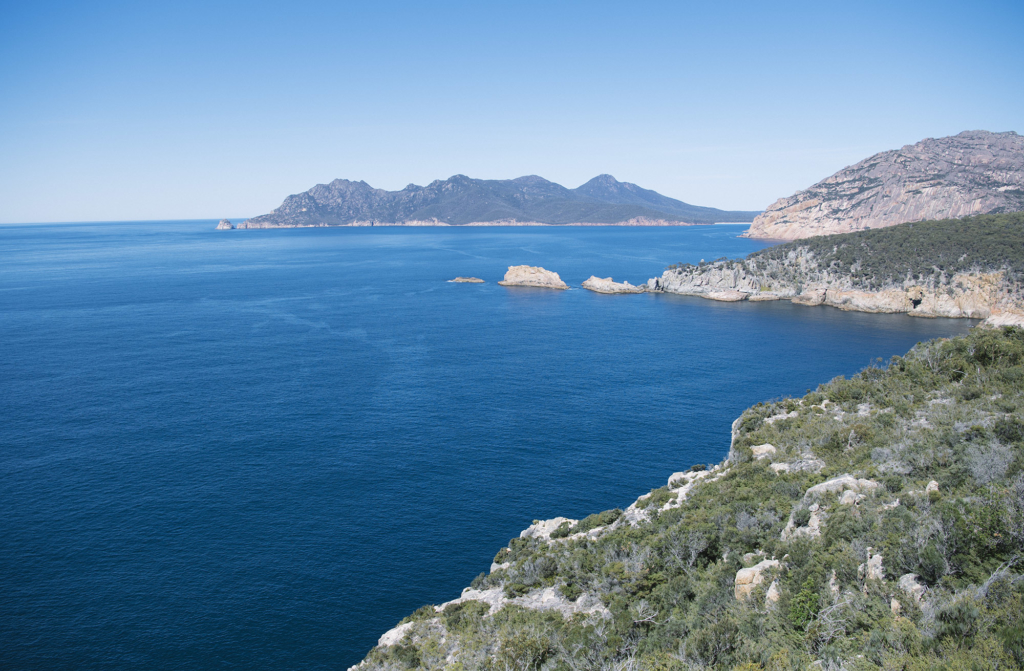
Visitors can view the coastline and walk around the Cape Tourville Lighthouse in the Freycinct National Park. Those with keen eyes may see seals on the rocky outcrops or witness the abundance of seabirds that hunt along the cliff face. The Marine Park is home to a large range of birds including wandering, black-browed and shy albatross, cape petrel and fairy prion, as well as marine species such as sei whales and killer whales, migrating southern right whales and humpback whales.
One of the significant features of the Marine Park are the large offshore seamounts, which act as important underwater biodiversity areas. These seamounts are significant because they are home to a wide variety of marine species that are found nowhere else in the world. It is also believed that each seamount may provide habitat for a unique group of species.
This marine park is one of 14 reserves of South-Eastern Commonwealth Marine Reserves making up the 388,000 square kilometres of temperate marine reserves. Australia has one of the world’s largest marine areas — 14.7 million km2 — almost twice the size of Australia’s land area.
The Coles Bay and Freycinct region is a nature-lovers paradise and a must-see when travelling to Tasmania, Australia.
References: http://www.environment.gov.au/topics/marine/marine-reserves/south-east/freycinet
